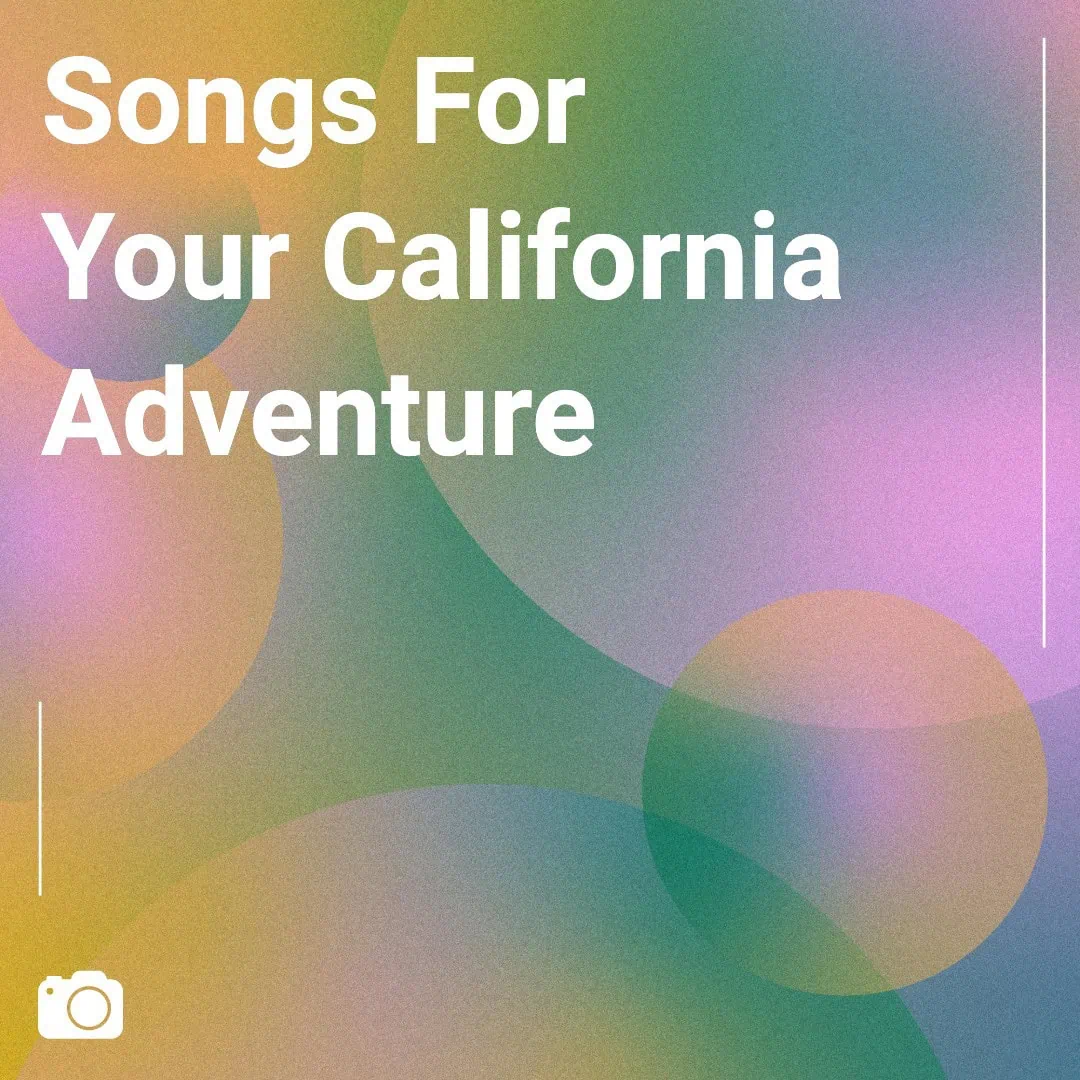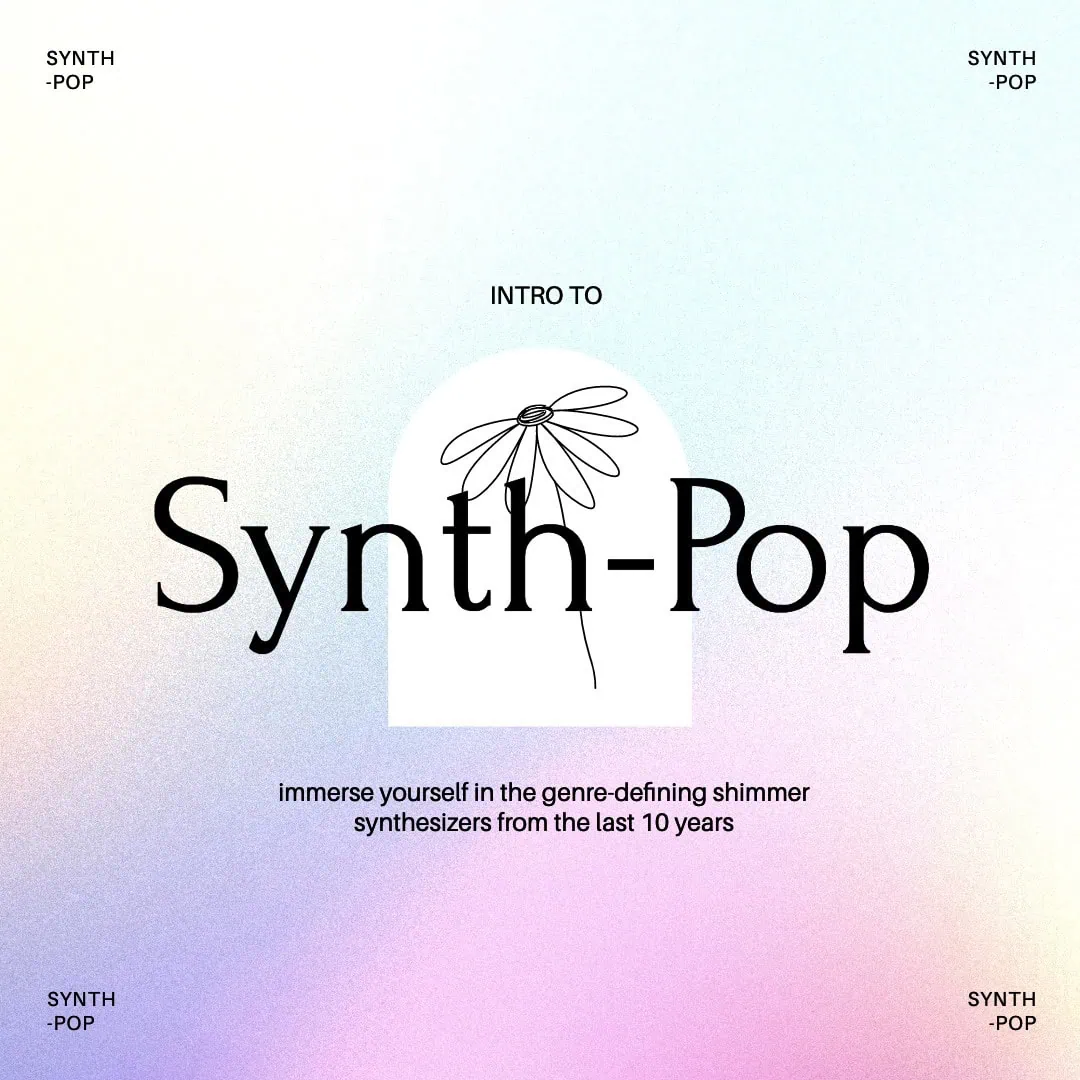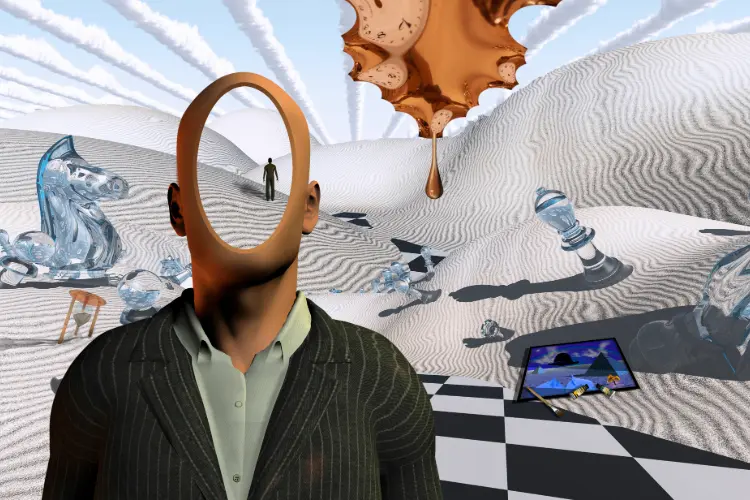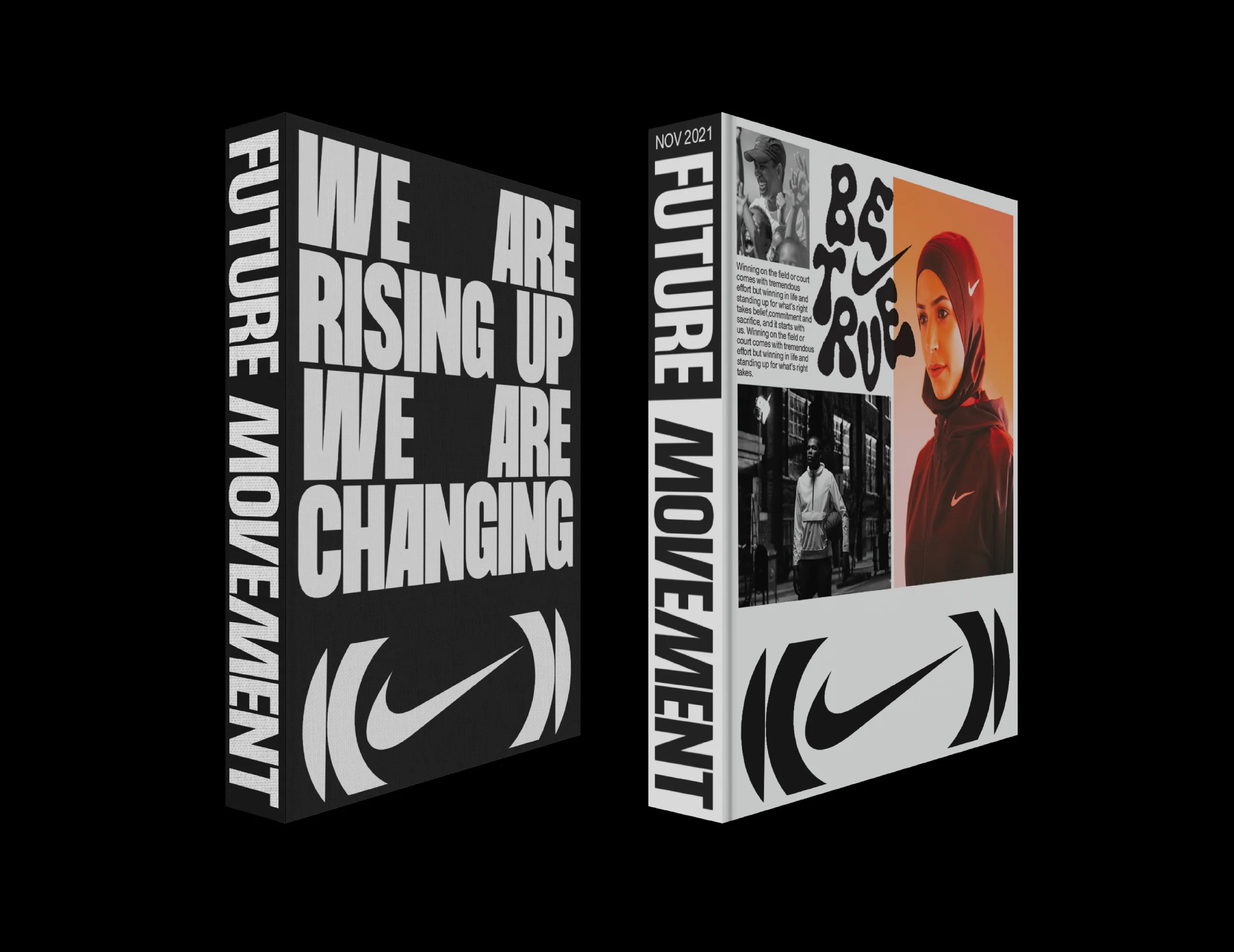Five Graphic Design Trends to Watch in 2025: Bold Moves for a Creative Future
- Miguel Martinez

- Jan 7
- 3 min read
2025 is shaping up to be a year of bold experimentation and visual storytelling. As brands compete for attention in saturated digital spaces, graphic design is evolving into an art form that balances nostalgia, futurism, and immersive visuals. In this article, we dive into five key trends that are set to shape the design landscape in 2025; and how they can make your brand stand out.
Retro-Futuristic Gradients Graphic Design Trend
Gradients will stay on trend, but with a retro-futuristic twist. Think neon glows, metallic sheens, grainy treatments and space-age hues inspired by 80s and 90s aesthetics. These gradients evoke a sense of innovation and nostalgia, making them perfect for brands that want to feel cutting-edge while maintaining a playful edge.
Application Tips:
Use gradients as background elements in branding or web design.
Pair them with minimal typography for a striking contrast.
Experiment with animations to add depth and dynamism.
Examples in Action:
Think of Spotify's playlist covers or branding campaigns that combine futuristic gradients with bold, clean designs.
Surrealistic Collages
Surrealism continues to dominate graphic design trends in 2025, bringing a sense of whimsy and escapism. Layered imagery, dreamlike compositions, and unexpected juxtapositions are taking centre stage. This trend is perfect for brands that want to tell complex stories and spark curiosity.
Application Tips:
Combine photography with hand-drawn or digital illustrations.
Use surrealism to evoke emotional connections, especially in campaigns.
Perfect for editorial designs, album covers, or social media.
Examples in Action:
Brands like Adobe have already embraced surrealistic collages in their creative campaigns, using them to inspire innovation and imagination.
Typography as a Graphic Element
Typography in 2025 is more than just a vehicle for words, it’s becoming the star of the show. Designers are pushing boundaries by treating type as a visual element, incorporating bold letterforms, oversized fonts, and kinetic typography.
Application Tips:
Use typography as a focal point in poster designs or social media.
Play with scale, layering, and custom fonts to create unique designs.
Combine typography with other trends, such as gradients or distortion effects.
Examples in Action:
Nike’s bold typographic campaigns exemplify how type can communicate energy and motion, becoming part of the overall brand experience.
Blur and Distortion Effects
Blur and distortion are having a moment, creating a sense of mystery and intrigue. These effects mimic the imperfections of analog media while adding a futuristic edge, making them ideal for brands that want to convey a sense of movement and innovation.
Application Tips:
Use blurred typography to create a layered, dynamic look.
Incorporate distortion into hero images or social media graphics.
Pair with retro gradients or surreal collages for maximum impact.
Examples in Action:
Luxury fashion houses and publications have been using blur and distortion to create edgy, avant-garde campaigns and editorials that defy conventions.
Fluid and Liquid Bubble Fonts
Playful and organic, liquid bubble fonts are making waves as they push the boundaries of traditional type design. These fonts feel fluid and adaptable, perfect for brands targeting younger, trend-conscious audiences.
Application Tips:
Use liquid fonts in logo design or animated transitions.
Pair them with minimalistic elements for contrast.
Perfect for packaging, merch, or youth-oriented campaigns.
Examples in Action:
Think of brands like Ganni, Botega, or Pop Artists like Jade Thirlwall which embrace playful, fluid Y2K typography to reflect their fun, scroll-stopping brand identities.
Graphic design in 2025 is all about pushing boundaries and embracing creativity. From retro-futuristic gradients to typography as a graphic element, these trends offer endless opportunities to make your brand stand out. Whether you’re looking to refresh your branding, launch a new campaign, or simply stay ahead of the curve, integrating these trends into your designs can create a lasting impact.


























Geometric fonts are amazing for modern, minimalistic designs. I used geometric fonts on a logo for a startup, and it immediately gave a structured, contemporary look. These fonts are ideal for tech projects, branding, and any design where clean lines and symmetry are important. They manage to be bold without overwhelming the design. If you want your project to look professional, stylish, and modern, geometric fonts are definitely worth exploring.